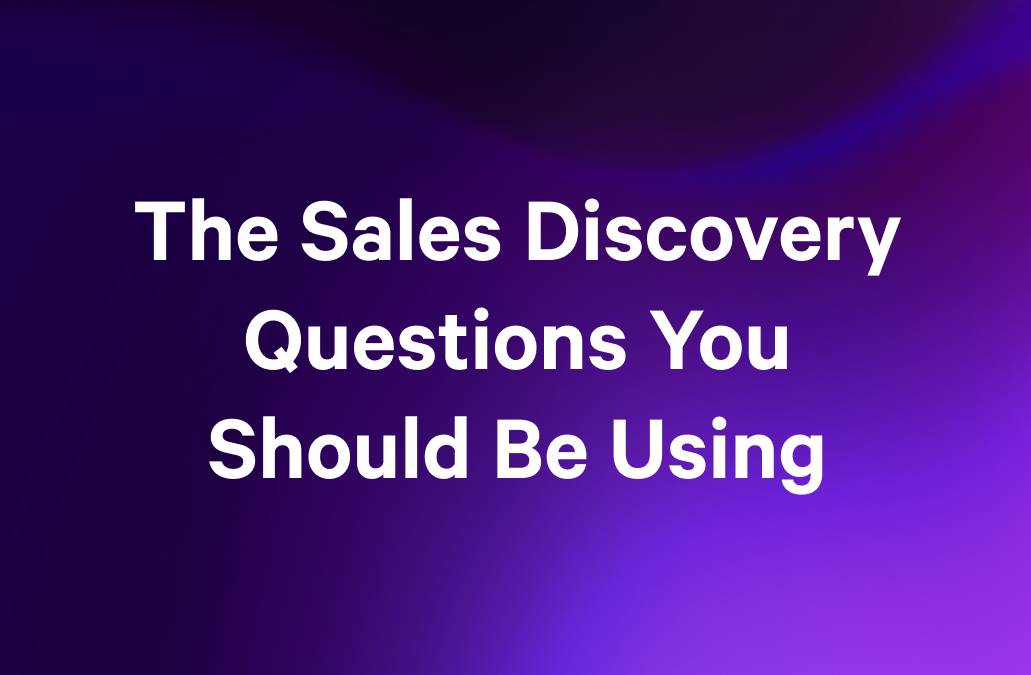When I was younger, my family moved to South Carolina. Up until that point we’d primarily lived in the Midwest and on the East Coast. So, my exposure to the American South was limited.
Every time I moved there was this six month period or so where I’d be learning the local culture. A big part of that is learning the local lexicon. For example, in South Carolina it was customary to refer to everyone as “bo.”
Another learning happened when my mom was ordering food. She asked for a Coke, to which the server replied, “what kind of Coke?” Slightly confused my mom said, “a normal Coke?” It felt as though they were performing their very own Elvis and Costello bit.
As it would turn out “Coke” is the catchall term for soft drinks in much of the south. Side note, I can’t tell you how often I was asked if I referred to soft drinks as “soda” or “pop” when moving to a new place. And also how passionate people are about what term you use. It’s the most contentious debate you never knew was happening.
Though there’s some amount of humor to those minor miscommunications, the downside when they happen is it immediately makes you an outsider. And in a lot of situations, that can make people less comfortable talking with you.
In sales there’s a similar phenomenon. Many industries and sectors have their own jargon and terms they use. And, if you’re selling in those industries you need to know those terms. With that in mind, I’ve put together a list of 11 terms I think anyone selling software should know.
1. SaaS
If you’re reading this, you most likely already know this term. If not, it’s actually an acronym that stands for “software as a service”. Basically any software you use that’s billed on a monthly, or yearly basis would be a SaaS product. For more on crafting compelling proposals for such products, see our guide on how to write a saas proposal.
2. Freemium
Freemium refers to a specific type of business model where a company offers a free tier with limited capability. The hope being someone will use the free version, see the value of the offering, and decide to upgrade to a premium (paid) tier to get more features. Lots of SaaS companies operate on a freemium model, but its merits are heavily debated.
3. UI/UX
UI and UX stand for “user interface” and “user experience” respectively. Though they are two separate things, they somewhat fall underneath the same umbrella. User interface refers to the actual environment a user is in when using a product. For example, when you’re scrolling through Instagram, you’re interacting with the user interface. However, the fact that you scroll through a feed as opposed to swipe through, is part of the user experience.
User experience refers to how it feels for someone to use the product. Continuing with Instagram, how easy it is to post a photo, search for an account, or even login to the app, would be elements of the user experience.
4. API
API is an acronym for application programming interface. Very basically, it’s a way to automatically send, or receive data, from one program to another. For example, when you see a “pay with PayPal” button, that function is possible due to an API. Many companies have an API as a feature, or companion product. However, there are plenty of companies whose entire products are APIs. Stripe is a great example.
5. Backend/Frontend
Backend, as it relates to the tech world, refers to any part of a software product, or web product, that the consumer does not see. Conversely, when someone refers to the “frontend” it’s referring to the user interface, or consumer-facing, part of the product.
6. Agile
Agile is a methodology for software development. Very basically, in an agile methodology large projects are broken down into smaller “sprints” and work is done incrementally. This creates a more iterative and collaborative process, as well as means there are more regular code deployments.
7. Dogfooding
Dogfooding is a slang term which refers to using your own product, especially when it’s in early phases. The term first surfaced in the 80’s when Microsoft executive Paul Maritz was trying to get traction for a new product. He sent an email to a colleague saying, “we are going to have to eat our own dogfood and test the product ourselves.”
8. Responsive Design
Have you ever noticed that if you look at certain sites on your computer, then visit that same site on your phone, or tablet, it looks different? That’s responsive design. If a site, or app, is designed responsively, it automatically reformats based on the viewing device of the visitor. At this point, it’s essentially a necessity as 2 out of every 3 minutes spent online are done so from a mobile device.
9. 2FA
“2FA” is an acronym standing for two factor authentication. Two factor authentication is a security measure some programs implement where the user has to confirm their login from two separate places. For example, someone may need to login, then enter a code texted to them.
10. DNS
DNS is an acronym for “domain name system.” What it refers to is the common web address someone uses to visit your site. For example, google.com is their DNS. They essentially exist so someone doesn’t need to memorize an IP address (which is a long string of numbers) in order to visit your site.
11. Various Programming Languages
Though it’s not plausible to know all the different programming languages that exist, it is beneficial to know what languages your product uses. PHP, Python, and Ruby are all common programming languages. It’s also very possible your product is built using a couple different languages. Though it might not come up often, having the knowledge could help improve credibility with more technical buyers.
Continued learning
Just as language in our lives continually shifts and updates, so will the tech world lingo. Knowing the industry slang may seem superfluous, but remember its real function is to give you more credibility with those you’re talking with, and to help them feel more comfortable with you.
The real trick is staying curious. When you do, you’ll be more open and able to learn any new terms that come your way.


